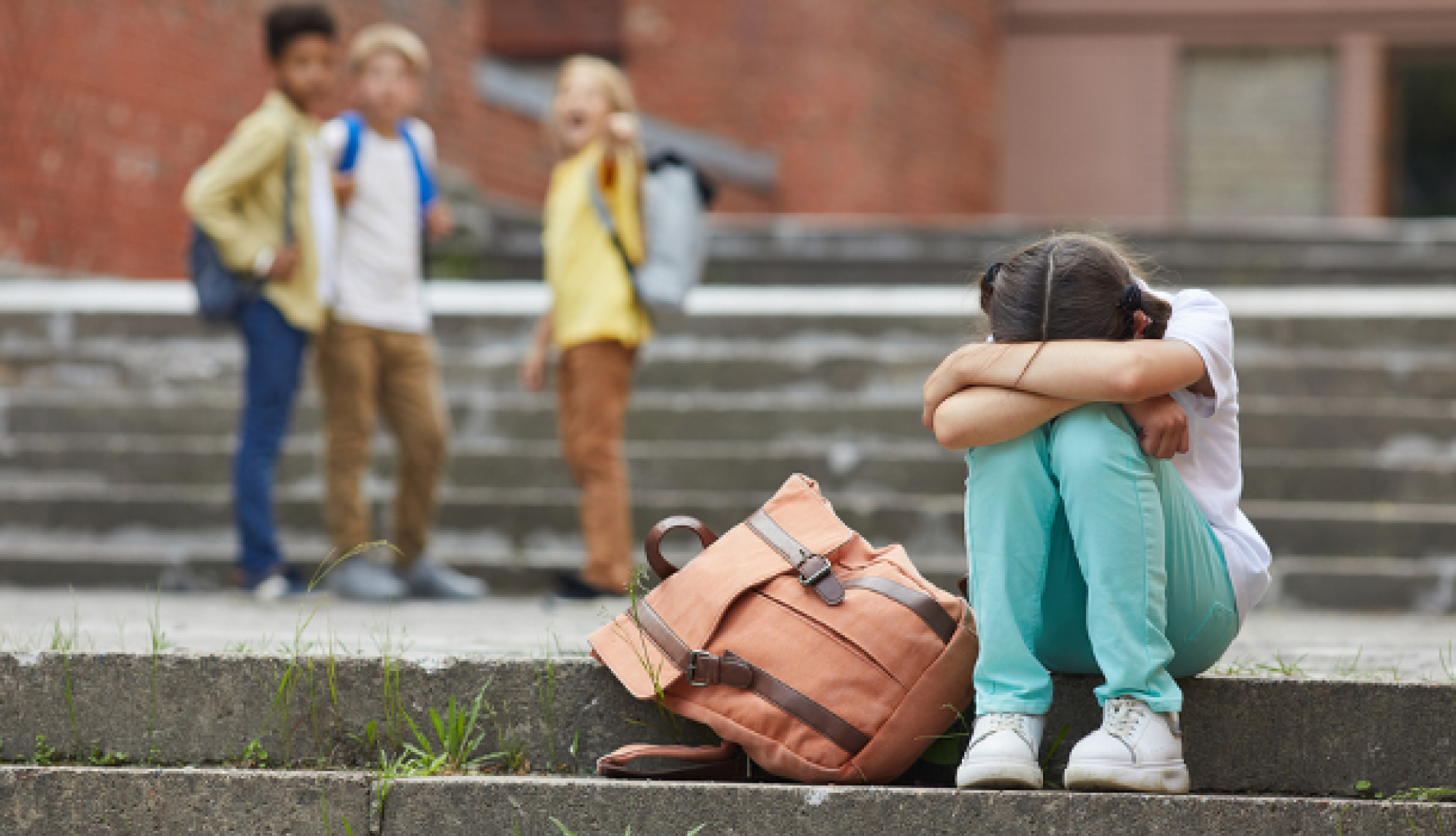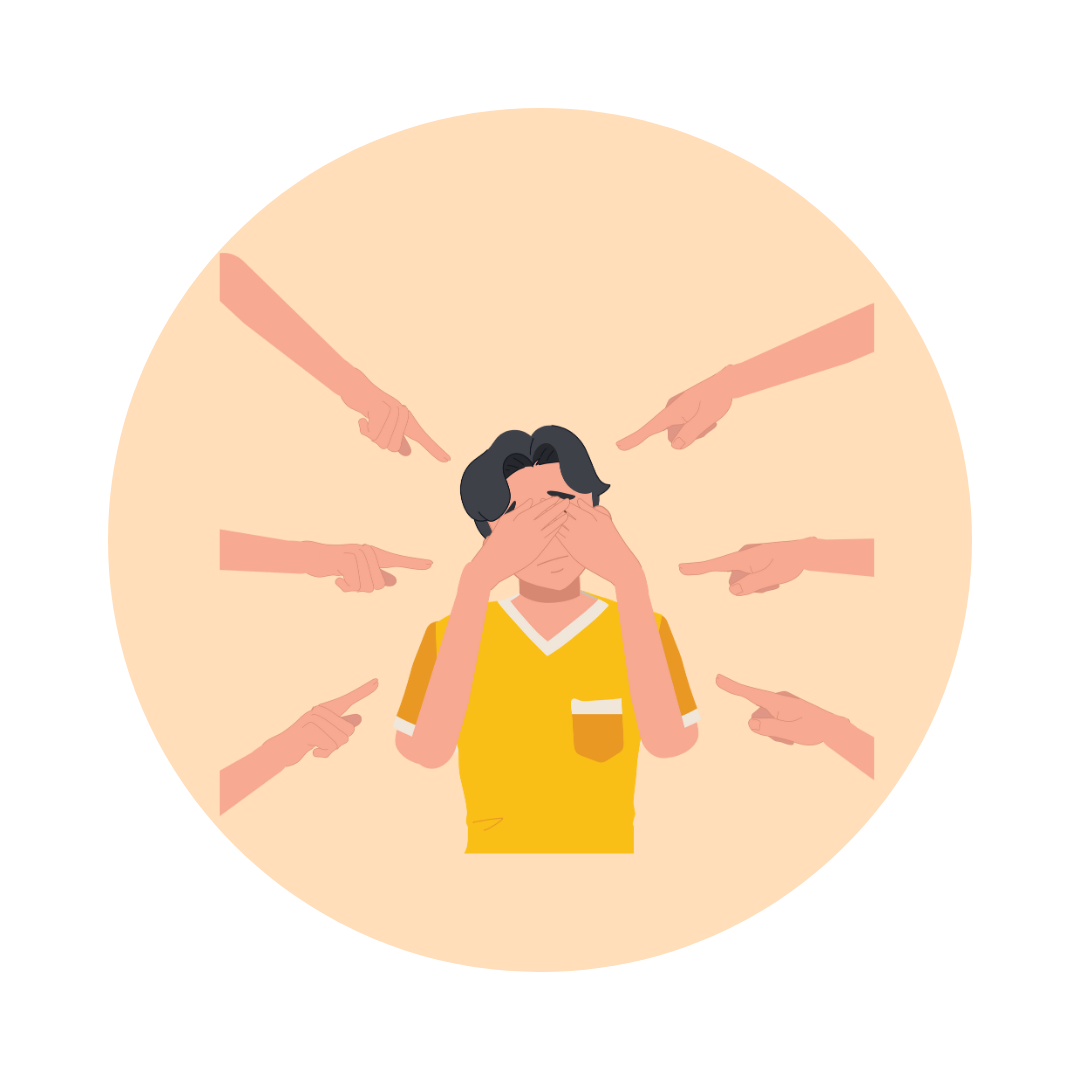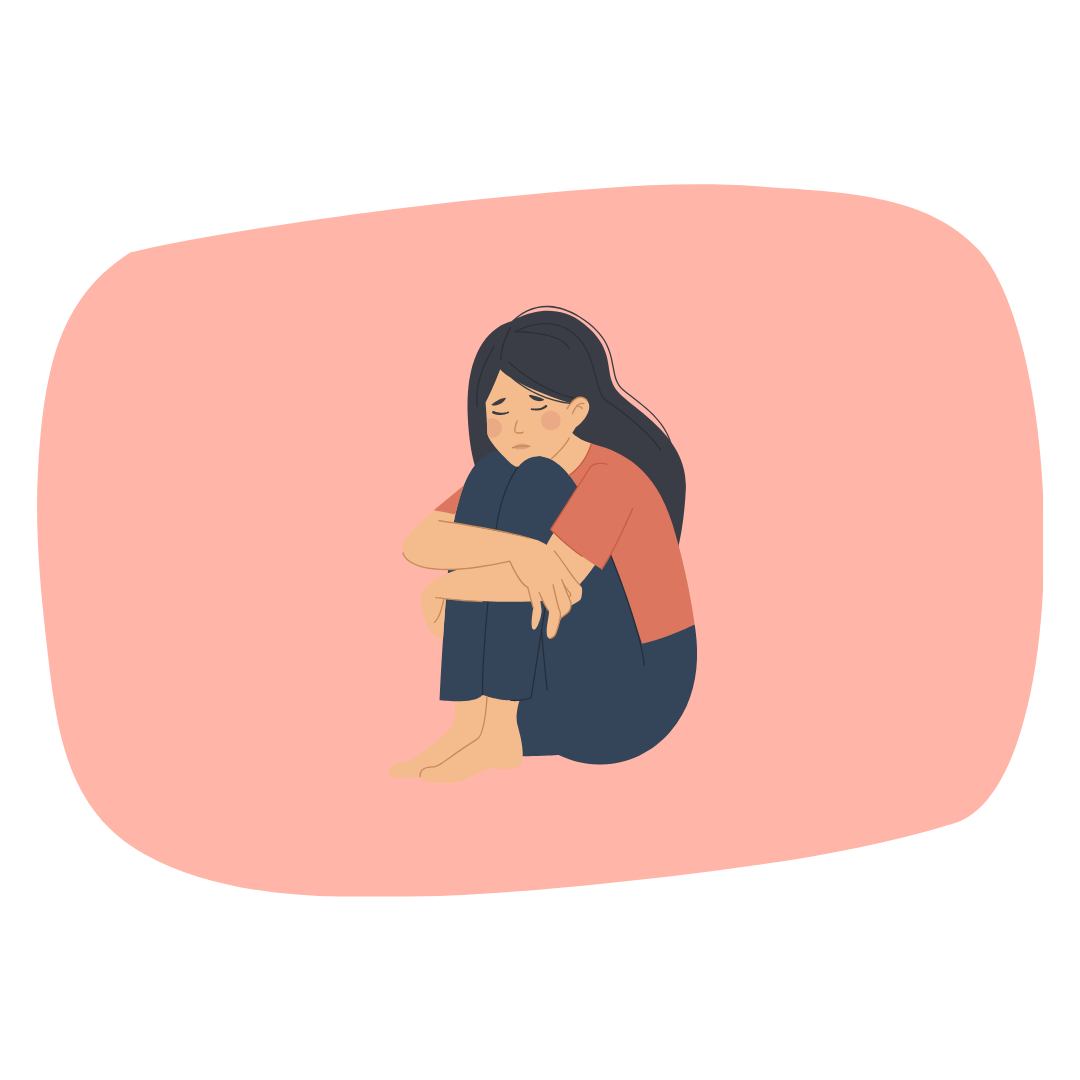Anti-bullying (online & offline)

On this page you will learn more about:
- What is bullying and cyber-bullying?
- Signs of bullying
- What to do if your child is a victim of bullying
- How to strengthen your child’s self-confidence
What is bullying and cyber-bullying?
Bullying
Bullying is more than children having a conflict. Bullying is a form of aggressive behavior that involves a power imbalance, where one individual intentionally and repeatedly targets another with harmful actions, whether physical, verbal, or relational. The bullied person is in a helpless position and not able to free themselves.
Bullying can manifest in various forms, such as:




Cyberbullying
Cyberbullying is a type of bullying that takes place using digital devices and online platforms. It involves the use of technology, such as social media, texting, email, or online forums, to harass, intimidate, or harm others.

Cyberbullying can take many forms, including:
- Harassment: Sending threatening or offensive messages, emails, or comments online.
- Exclusion: Intentionally excluding someone from online groups or conversations.
- Impersonation: Pretending to be someone else online to spread false information or cause harm.
- Cyberstalking: Continuously monitoring, harassing, or threatening someone online
- Public Shaming: Sharing embarrassing or humiliating photos, videos, or personal information about someone online without their consent.
Cyberbullying can have a pervasive and insidious impact on victims, as it can occur 24/7 and reach a wide audience quickly. It can also be challenging for victims to escape from, as the online environment may feel inescapable. Also, the bullies can stay anonym and traces can be difficult to follow.
Signs of bullying








What to do if your child is a victim of bullying
Talk about it with your child!
Often bullied children fear that the situation will get worse if they tell an adult about it. Prevention can help: Telling the child that it can talk to you about these things, that it has nothing to do with snitching makes it more likely that your child will tell you about a problem. You can also assure the child that you won’t immediately call the parents of the bullies, but instead you will consider together with the child what to do.
Reduce self-blame
Many children blame themselves for getting bullied. It is important to make clear that it’s not their fault. Examples of other victims can be helpful for the child to look at the situation from another perspective. You can also think about the reasons why the bullies bully other people. There can be different reason like to let off steam, to join the cool/strong people and be part of a group or to feel better about themselves
Get in touch with the school
In most cases, bullying takes place at school. It is therefore important to contact the class teacher or counselling teacher and get an assessment from the school. The teacher’s perception can provide important information. Further steps can also be planned together. It can also help to get school social workers or school psychologists on board.

How to strengthen your child’s self-confidence
"Bullying: Tips & support" to learn more about bullying and strategies to cope with it
"How to strengthen your self-esteem" to improve their self-esteem
"Finding your (inner) strengths" to strengthen your child’s mental health in general
"Showing confidence in social situations" to get input and practical tips on how to appear confidently
2. Adopt an upright and self-confident posture.
This makes the child appear more self-confident to the outside world and makes them feel stronger and more self-assured. Calling it the superhero pose or prince/princess pose makes it easier to understand and remember.
3. Role-plays
Role-plays help the child’s quick-wittedness and reaction time. You can re-enact a bullying situation and think about how a superhero would react. The rule is that no one should be offended or hurt. Think togehter about surprising, creative or even funny reactions.
4. Self-confident in the head through mental stories.
They help to change mental images and create positive images. They also relax, and when relaxed, the child automatically appears more self-confident.
5. Draw attention to experiences of success.
The child should try out lots of things and do them alone. Encourage them to keep trying new things. When the child achieves something (and it doesn’t have to be anything big), ask how it feels. In this way, you direct the child’s attention to the experience of success.
6. Practise communicating your own boundaries with your child.
In a safe environment at home, the child should learn to stand up for their own boundaries and needs and to say “no” if they don’t want to do something or if they overstep their boundaries. This can be practised with both parents and siblings
7. Strengthening communication skills through discussions.
Discussions at home are also annoying for parents, but help the child to learn how to discuss properly. You can set a time limit so that it doesn’t become too exhausting for both of you.
8. Look for friends outside school.
If your child is being bullied at school, it is important that he or she has a counterbalance and builds up positive contacts and friendships elsewhere. This can be at clubs, leisure facilities, children’s parties or even the children of your friends or acquaintances. Friends give the child support and confidence.

Professional support
Click on the button to access an overview of different support contacts to find immediate help.
Get helpTip: Change the language settings to your home country to get a direct overview of the respective support contacts in your country on this site.